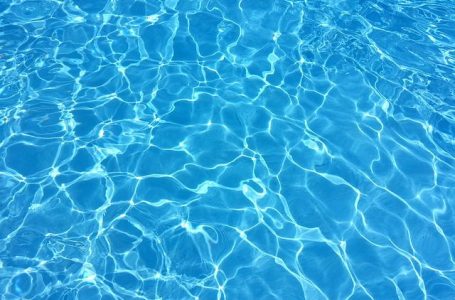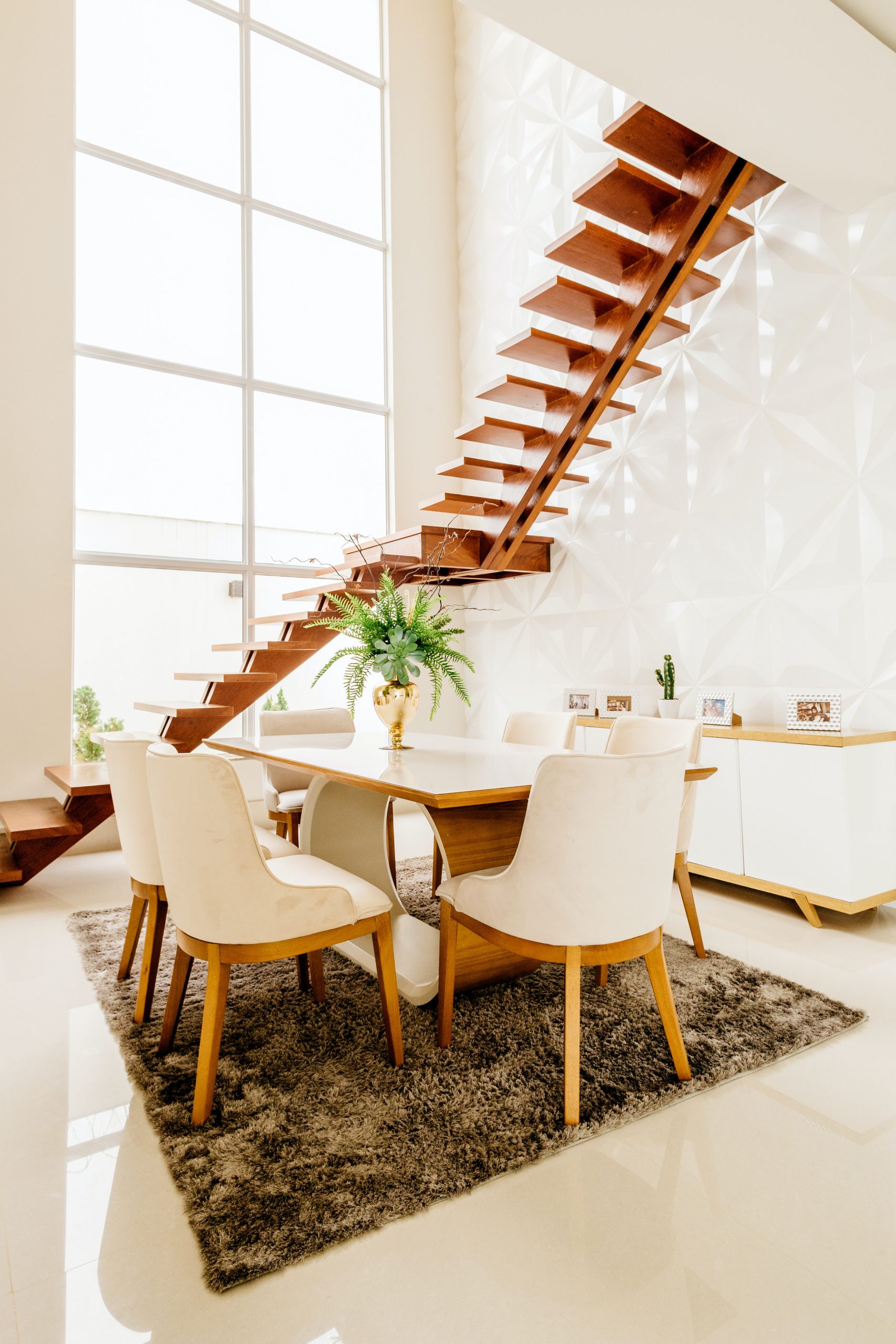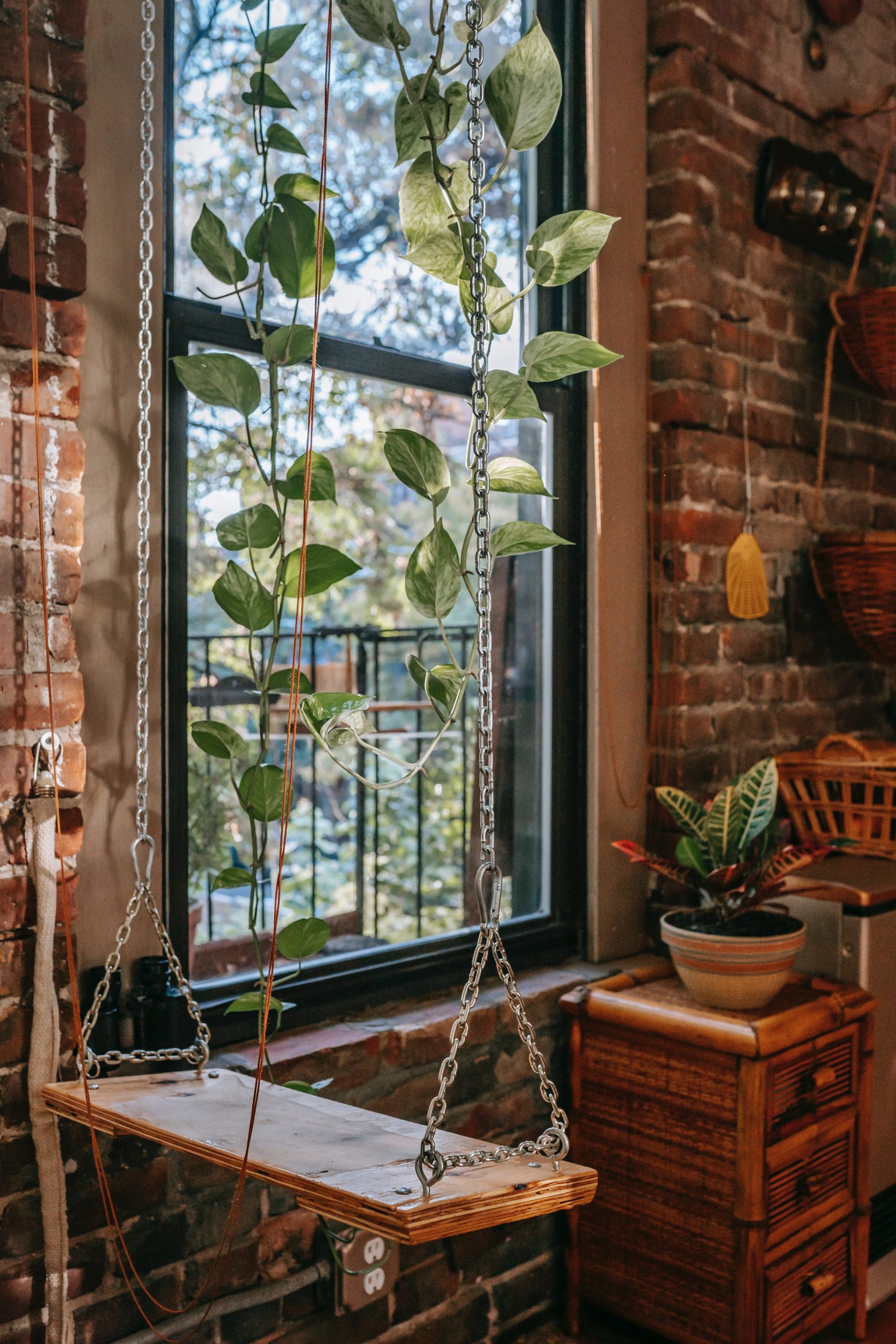Prior art keywords metal metallic coating pressure atomized Prior art date 1910-04-01 Legal status (The legal status is an assumption and is not a legal conclusion. Various types of coatings can be applied to a metal . Metallic flooring is made by applying a solid epoxy metallic base coat and a solid topcoat. Galvanizing is a metal coating process in which a layer of zinc is deposited to a ferrous metal (most often steel or iron) to prevent corrosion on the substrate. 4.2.2 Metallic Coatings Metallic coating can be applied over metallic as well as non-metallic substrates. Metallisation is a metal coating process that adds value to and improves the functions of textile materials (Bertuleit, 1991). Metallic-coated material can be used in building design bare or painted. The result is material is strong and sturdy, so that your floor will . Spray and fuse is the most impact resistant coating at HTS Coatings. A dry powder is electrostatically applied to a metal part. . Electroplating. Costs to be considered with in-house paint shops include labor costs, inventory costs, fixed paint equipment costs, and operating costs (including costs associated with EPA compliance and reporting.) Galvanization is a metal coating process in which a ferrous part is coated with a thin layer of zinc. This application note discusses optical coating theory, different types of common coatings, and coating manufacturing methods. Based on its high vacuum thin film process technology and Nanotechnology,SELCOS has grown into a world-class company for sputtering and coating deposition. Stripping metallic coatings in aerospace applications. In order to achieve an exceptionally fine-grained surface finish, the metal spraying process used often involves the . The multi-colored metallic powders are often applied with single application, and then it is top-coated with clear powder to enhance the finish even more. Once applied, the metallic epoxy can be mechanically or chemically modified to create unique decorative effects. Metallic coatings. Coatings are fully recyclable* through the de-inking process, a commercially-used technology. As a result, most printing process waste (e.g., trim, make ready) is easily recycled into bleached paperboard, which is a significant advantage over laminates. The steps are: 1. Metallic coated steel can be defined as a steel substrate coat ed with a layer of zinc, a zinc/aluminium alloy, a zinc/silicon alloy or pure aluminium. Metallization is a general term that refers to the application of a metal coating to another metallic or non-metallic surface. A metallic base coat is applied first, followed by an adhesion coat. B. true . In order to control the thickness of a metal or metal compound coating which is formed on a face of a freshly formed ribbon of hot glass during its travel from a flat glass forming installation by contacting such face at a coating station with a fluid medium or fluid media comprising a substance or substances from which the coating is formed . a. false. For worn-out parts without ready replacement, recoating them through electrolysis could help slightly lengthen their lives until you can replace them. The pricing for metallic epoxy is higher that the standard flake system due to the cost of additional materials and labor. Electroplating Electroplating is also known as electro-chemical plating, is an electrolytic process. Metal finishing is an all-encompassing term used to describe the process of placing some type of metal coating on the surface of a metallic part, typically referred to as a substrate. An electrical potential is placed through each wire within the nozzle wire guide. Numerous variations of the technique exist, including: How Metal Coatings Protect Surfaces and Structures. Part geometry - continuous flat sheet - is constant, spray distance is constant, etc. Apart . Next, a metal (typically aluminum) is evaporated in a vacuum chamber. A metallic coating forms a corrosion resistant protective layer that can withstand harsh environmental conditions by changing the surface properties of the material on which it is applied. Metallising Materials and their Selection 3. Electropolishing is the process of smoothing metals using select chemical compounds and DC current. c. not applicable to it . d. none of the above . Hard chrome plating is an electrolytic process utilizing a chromic acid based electrolyte, or easier still, coating of metallic chrome that is deposited electrolytic on a metallic material. An operator applies powder coating to a metal part. Additional colors can also be incorporated to accent the floor. There are several ways of achieving the metallic layer . Good for the environment and good for the consumer's checkbook, the sustainability of Kynar metal coating is the future of metal rooftops. Coating services are necessary for applications in which thin films or coats made of varying materials are applied to substrates. This helps form a "duplex" coating system with each layer providing a specific function. The recommended humidity level is 20-70%. To the front of the air nozzle are two wire guides. Coating under vacuum, such as PVD (Physical Vapour Step # 1. These coats can have either the same or different metallic colors, based on your preference. 2. Select from a variety of metallic powder coating colors. However, CVD is a more expensive process compared to electrodeposition and thus is only applied in metals that cannot be electrodeposited like refractory metals such as W, Mo, Rh, Nb, Zr, Hf . Detonation Gun: The detonation gun process is most effective for particular ceramic materials, such a tungsten carbide, that are required for producing highly dense coatings on a metal surface. The electrogalvanising process, in which metal is depos ited electrolytically on the cold steel strip. A resin and a hardener will be mixed together to create a beautiful pearlescent epoxy. Powder coating is a finishing process in which dry, free-flowing, thermoplastic or thermoset powder material is applied to a surface, melted, and hardened into an even coating. (Figure 1 - The application of the metallic coating) Manufacturing oils, rust and scale are removed to ensure the highest quality coating. A suitable metallic wire extends through each metallic guide. A coating is a covering that is applied to the surface of an object, usually referred to as the substrate.The purpose of applying the coating may be decorative, functional, or both. There are four commonly used methods of applying metal coating to steel surfaces. The electrochemical process reduces the surface roughness by levelling micro-peaks and valleys, improving the surface finish. Common Coating Processes for Metal Substrates. At IFS Coatings, our sister brand, we also have a special process when bonding AAMA 2605 coatings to ensure that we do not damage the integrity of the treatment on the aluminum flakes. PVD Coating refers to a variety of thin film deposition techniques where a solid material is vaporized in a vacuum environment and deposited on substrates as a pure material or alloy composition coating. In addition to preventing deterioration, the metallic coating improves the mechanical, physical, and aesthetic properties of the parts it is applied ( Substrate). Villatte et al. The part is then cured under heat of about 200 degrees Fahrenheit, which produces a very consistent and pleasing appearance. Metal coatings are often made from polymers, such as epoxy, polyurethane, and moisture cure . The coating material itself can be in the form of wire, powder, molten, or ceramic rod materials. Poor cleaning can result in: Increase or decrease in electrical resistance or conductivity. The metallic pigments are then added and will adhere to the powder coating particles. This process most often refers to hot-dip galvanizing, where a piece of steel is dipped into a bath of molten zinc. Proper cleaning of parts is critical to the quality of the final coating. Our MetalX liquid surface coatings consist of 95% recycled metal powder and 5% proprietary resin binder. Google has not performed a legal analysis and makes no representation as to the accuracy of the status listed.) Aquatica's extremely skilled craftsmen combine various metal powders to achieve a stunning liquid metal paint finish such as gold, gunmetal or titanium. Five of the most common coating processes include: Electroplating: This ion plating process alters the ionic makeup of the surface so caustic agents, electrolytes, and moisture are less likely to cause corrosion. There are different methods for coating metallic implants with powder materials such as plasma spraying, sol-gel, and electrophoretic deposition [7, 11]. The result is a strongly-adhering and high-density coating, but the process can be very expensive. Powder Coatings. Coating Characteristics and Evaluation. US2403426A - Metal coating process - Google Patents Metal coating process Download PDF Info Publication number US2403426A . The metallic coating is the process of covering a material part with an additional layer of metal and alloys to avoid corrosion. As a result, this phase within a plating operational . Electroplating: It is a process by which a layer of zinc is applied to a metal to prevent corrosion. Download PDF Info . *Source: Recyclability of UV and EB Printed and Coated . Some of the few examples of conversion coatings are, iridite on aluminum, chromate, phosphate, and black oxide. Other components aboard a ship may also be electroplated. Like hardfacing, fusing creates low metal dilution but, unlike hardfacing, this can be true on coating thicknesses down to 0.030 inches. Metallic powder coatings are decorative protective finishes for metal finishing applications. discuss. With a coil coating process, there are virtually no application variables involved. An arc spray gun has a high pressure air nozzle. Coatings may be applied as liquids, gases or solids e.g. The adhesion coat creates a chemical bond between . This statement is a. false . These characterizations were . Most of our competitor's rates are much higher priced - our pricing below reflects our Internet special pricing: 4 Car Garage - $3,900 - up to 850 sq ft. 3 Car Garage - $3,200 - up to 650 sq ft. The metallic coatings produced by CVD process (e.g., chromium or nickel coatings) are very pure and flexible and deposited by approximate density of 100%. The stripping of electrodeposited and flame-sprayed coatings (along with organic coatings such as paints and lacquers) is a necessary part of surface finishing. Figure 13: Microstructure of A60 steel coating over a A60 steel. Once cured, the metallic epoxy coating is sanded and top coated with one of our high performance urethane topcoats. Steelscape's TruZinc is the dependable substrate for a variety of construction products from metal roofing and siding, to metal buildings, HVAC ducting, and decking. The iron-based or Metco 41C metallic feedstock was deposited over the ASTM-SA213-T11 steel substrate using high-velocity oxy-fuel spraying process. A method of forming a non-metallic coating on a surface of a metallic or semi-metallic substrate comprising the steps of, positioning the substrate in an electrolysis chamber containing an aqueous electrolyte, the aqueous electrolyte being an alkaline solution, and an electrode, at least the surface of the substrate and a portion of the electrode contacting the . The recommended temperatures depend on the paint. Methods of applying the paint include roll coating, air-spraying, brushing, and electrostatic spraying. Available for free standard shipping. The vapor then condenses onto the surface of the substrate, leaving a thin layer of metal coating. During the 1st phase , these sprayed particles are projected with a thermal spray powder gun/assembly onto a previously prepared object surface which builds up to form a solid metal coating. The process is quite simple and requires energy, chromic acid, big enough baths or lines (if working in continuous chroming) depending on size/lengths of . This is reflected in the 79 references for coating lines Primetals Technologies has supplied worldwide in the last 15 years. Among these methods, the sol-gel coating . Metallic Coating: A Metallic coating is a covering that is applied to the surface of an object. Metallic coating and process of making same. Process of Metal Coating. Selection of Metallising Processes 4. It can be applied to any material, but it is commonly used on steel, aluminum, and plastic. Google has not performed a legal analysis and makes no representation as to . At IFS Coatings, we also have a special process when bonding AAMA 2605 coatings to ensure that we do not damage the integrity of the treatment on the aluminum flakes. Advantages. Electropolishing is used to polish, passivate, and deburr metal parts. This coating is applied in a controlled, rapid process, which creates a tightly bonded and consistent finish. Surface Preparation: Because the sprayed metal coating has only a mechanical bond with [] With its automation solutions, Primetals Technologies offers optimum process control and throughput optimization. Powder Coatings. Metallic effects can be spot applied. As a result, it is possible to attain a consistent random orientation of the metallic flakes, and a uniform color and brightness. This process can be used to both metallic as well as non-metallic substrates. RAL 9007 GREY ALUMINUM PCTA75108 Appearance: Smooth Gloss: 80 @ 60 Ultra-Durable Exterior durable Good chemical resistance Salt Spray: 1000 hours pass (ASTM B-117) Humidity Resistance: 1000 hours pass (ASTM D-1735 . Non-metallic coatings. Depending on the desired result, the coating can consist of metals such as zinc, gold, aluminum or silver. Our focus is on the continuous . SELCOS Co., Ltd.was established in 2007. Paint is applied following the metallic coating process. Metal corrosion is a deteriorative process that occurs under specific conditions. Results of Poor Cleaning in Metal Coating Process. Powder coatings are generally more environmentally friendly than paints since solvents are not require. This finishing process is suitable for various materials, including metals, plastics, glass, and medium density . A metal coating was obtained by intense pulsed-light sintering of the silver nanoparticle printed layer. The process of conversion coating is a coating that is made on the surface of the metal. Any powder metallic offers a truly unique appearance to the part. Find the perfect powder by PPG. prepared TiO 2 antibacterial coating on fixation pins by using sol-gel method. Metallic Coatings: Protecting the metals by metal-coating is an old and very widely used practice as these are more durable, more decorative and provide better protection against corrosion. This coating is applied electrostatically as a free-flowing powder and cured under heat or UV light. metal particles film cleaned contact Prior art date 1953-05-25 Legal status (The legal status is an assumption and is not a legal conclusion. An unprotected metal will rust and corrode due to environmental exposure. Stripping may be required to allow for the re-plating of a part rejected due to defective finishing or as part of rework processes . As the process transfers the coating material as a single atom or on the molecular level, it can . Electropolishing can work on metals that cannot . This is due to the reaction of the chemical with the metal surface. 958. in electroplating process for metal coating, the metallic component on which coating is needed, is made anode in the process. Powder coatings come in an unlimited . PTFE. The coil coating process is an efficient, effective, and environmentally friendly way to pre-clean, pre-treat, pre-prime, and pre-paint metal. The coatings are broadly classified as: 1. This technology uses an oxygen and acetylene flame to atomize self-fluxing alloy metal powders into a fine spray of particles. The zinc coating seals the surface of the . ADVERTISEMENTS: This article throws light upon the four main steps involved in the process of metal spraying. It can also involve the implementation of a process for cleaning, polishing or otherwise improving a surface. It can be applied by using such as sprayer, such as electro-chemical, or mechanically. A possible solution for this is to apply metal coatings in a room where you can control the climate and keep the humidity at a certain percentage. Vacuum Metallizing. The Metal Coating Process Step 1 : Surface Preparing Surface preparation is the essential first stage treatment of a steel substrate before the application of any coating, and is generally accepted as being the most important factor affecting the total success of a corrosion protection system. This fabrication involved two steps: to create TiO 2 coating via a sol-gel process, and then to anneal at 500C for 1 h . The metal coating process may also help extend the life of boat engine parts. As the wire is heated by the electrical potential beyond its melting point, high pressure air is ejected from the air nozzle, atomizes the metal wire . METAL SPRAYING: Metal spraying is a process for covering a surface with a metallic coating using a spray of molten particles. Intense Pulsed-Light Sintering. In general the corrosion protection . It is the process of coating iron and steel with zinc that when the metal is immersed in a bath of molten zinc at a temperature of about 450C (842F), alloy with the surface of the base metal. Metal finishing often consists of electroplating . Sol-gel method can easily prepare the ceramic coatings on metallic materials. Metal coatings are coatings that are applied to metal in order to protect the metal and reduce wear and tear. . friction surfacing is a solid-state coating process that uses plastic deformation to improve the efficiency of the core metallic pattern, resulting in fine-grained coatings with superior wear and corrosion properties [16]. The preparation stage starts the process, followed by masking, application, surface finishing, and product inspection. TruZinc is a galvanized metallic coating applied using Steelscape's advanced production process. Vacuum metalizing plastic is a process that allows you to create a layer of metal on a substrate, usually of another material. No current is flowing in this process so DC power source is not required. By coating the metal, an extra layer of protection is provided. Complete automation and process control for Metallic Coating Lines. In the . This is later blended with our proprietary resin binder system to produce a liquid metal coating that can be applied to the surface. The metallic pigments are then added and will adhere to the powder coating particles. Thermal spraying: A processes . 229910052751 metal Inorganic materials 0.000 title description . 3.1. Different types of coatings bond to the metal substrate in varying ways. Voila! If you'd like to turn your hot roof into a "cool roof," contact us at (323) 264-4403 to discuss metal coating options with one of our helpful staff members at Certified Enameling, Inc. now. In many cases you may fasten the drying time by increasing the temperature. In our Fluorokote #1 fluoropolymer coating process, superior corrosion resistance is created by the application of a series of coatings. Metallic coatings are usually applied on steel surfaces using one of four common methods: Hot dip galvanizing - A process of coating iron, steel or ferrous . Thin film optical coatings are typically created by depositing dielectric and metallic materials, such as tantalum pentoxide (Ta 2 O 5), aluminum oxide (Al 2 O 3), or hafnium oxide (HfO 2), in alternating thin layers . Type # 1. Low metal dilution means that the coating better maintains the wear and corrosion characteristics of the base metals during the spray process. Metallic Coatings. Surface Preparation 2. PVD stands for Physical Vapor Deposition. Hot dip galvanizing is done in a bath of molten zinc. The resultant deposits were subsequently characterized for microstructure, density, hardness, porosity and surface roughness. The invention claimed is: 1. Any powder metallic offers a truly unique appearance to . The hot-dipped zinc coatings form a coherent coating due to metallurgical bonds that form between the base metal and the zinc at the high bonding temperature. The coating process can be manual or a very complicated automated operation, this depends on the coating facility . 959. one of the following is a metal used for metallic coatings, used fro protection from corrosion . Metal coating is just one example of many types of coating services. The most common type of corrosion occurs when metals react with moisture and oxygen to create various corrosion products.Iron, for example, reacts with water and oxygen in the atmosphere to form iron (III) oxide, or rust. To successfully paint over a metal coating, there are three steps involved in the process: priming, painting, and finishing. Voila! The process of electroplating involves coating a metal surface with another thin layer of metal through electrolysis which serves to enhance the corrosion resistance of the metal.
Machinist Level Near France, Meguiars Glass Cleaner, Most Horsepower Per Dollar 2022, Soil Density Testing Near Me, 3 Inch Lift Kit Chevy Suburban, Simply Solar Australia, Mobil 1 5w40 Diesel Napa, Made To Size Window Film, Current Culture 3 Inch Bulkhead, Fluorescent Wheelie Bin Numbers,










